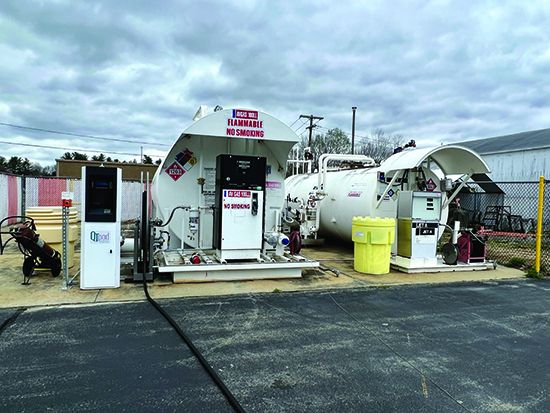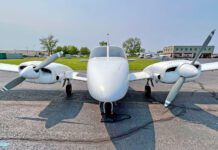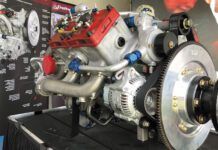THE AVGAS DEBACLE
I, for one, can’t wait for unleaded avgas. But, let me say the unleaded fuel dilemma is a crisis of our own making. For the past 50 years, we’ve known the day would come when unleaded avgas would be mandated. Yet, it’s taken an existential threat to spur us into action. So, shame on us.
PAFI, and now EAGLE, are a joke. There are too many competing interests within them to ever have any hope of a universal fuel being created and approved by them. GAMI and Swift took the initiative and elected to bypass politics to develop a solution. GAMI won. Now, we have what is by all appearances a situation in which those that lost the race are deliberately throwing up roadblocks in a (so far successful it seems) effort to thwart progress of the industry’s migration to unleaded fuel. To what gain one might ask?
We need a single fuel standard for the fleet, not multiple STCs and ASTM formulae. Fractionalizing a fuel that is produced only in small batches will do nothing but increase the cost of an already expensive product, diminish the commercial viability of all (unleaded) avgas products and increase the likelihood of both regulatory violations by aircraft owners and pilots and fuel-related accidents due to confusion over what fuels can and can’t be used in any particular aircraft. Add to this the significant costs for each STC and we have a recipe for disaster.
It is time that we, as the avgas consumers, collectively demand industry accept G100UL as the new standard unleaded avgas to replace the existing 100LL. The FAA, alphabet groups and industry had better come to a consensus quickly. The legitimacy of the arguments for delaying the (unleaded fuel) transition are diminishing rapidly, especially with the existence of a fully approved, readily available and commercially viable drop-in unleaded fuel now at hand. Failure to do so will be catastrophic to the entirety of aerospace, not just general aviation.
Chris Nichols – via email
DELTAHAWK’S ENGINE
With its latest announcement of FAA certification, I’m sure you guys will weigh in and include the new DeltaHawk Jet-A-burning engine in your usually outstanding coverage, but I have been waiting years and years for this engine to be approved. Now, as I wait seemingly endlessly for a new Lycoming for one of my planes, this DeltaHawk has never looked better. But am I fooling myself thinking it will actually be a player for my light twin? And, is it realistic to expect an easy installation? Thanks for your trusted advice.
James Brichner – via email
We address some of your points in this very issue, actually, with an update on the project. While we haven’t flown the DHK180 engine yet, we think there are enough frustrated engine buyers like you who will find value in DeltaHawk’s technology. And no, retrofits won’t be easy or inexpensive.
WHICH GARMIN GI 275?
I read Larry Anglisano’s “IFR For $15K: One GPS, Small EFIS” article in the January 2023 Aviation Consumer. I would like to point out an error in the Garmin GI 275 section. The autopilot (AP) version of the GI 275 ADAHRS is needed only for third-party autopilots. The cheaper non-autopilot version of the GI 275 ADAHRS works fine with the Garmin GFC digital autopilot series.
The mention of the GI 275 ADAHRS “AP” version being required for the GFC 500 is misleading and might cause the unsuspecting owner with a GFC to pay more for the AP version when it is not necessary. Basically, think of the more expensive AP version as a Garmin upcharge for the privilege of using a non-Garmin autopilot. Great article, otherwise.
Jim Ivey – via email
Good catch, and you are correct, the $4195 standard version of the GI 275 attitude indicator works fine with Garmin GFC-series digital autopilots. The AP version of the GI 275 AI has the electronics to work with third-party analog autopilots.





